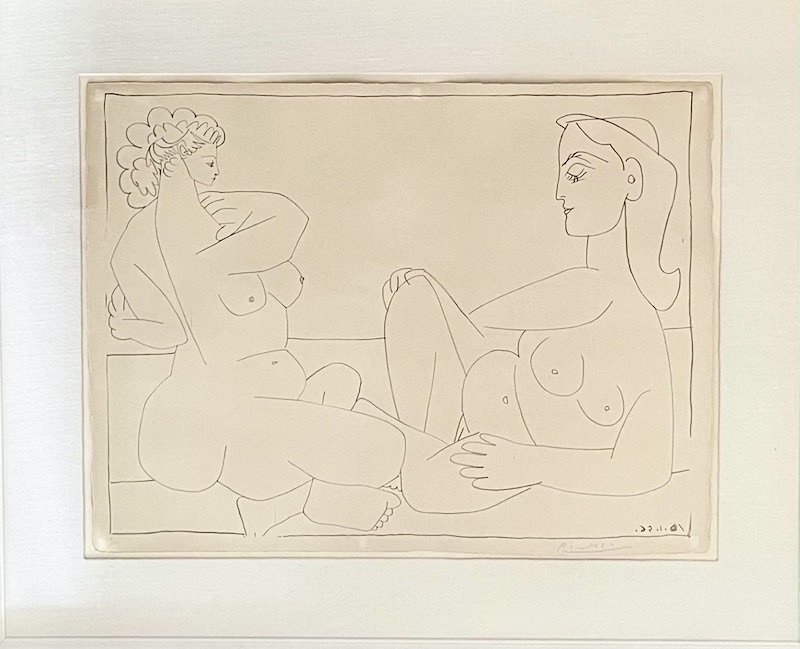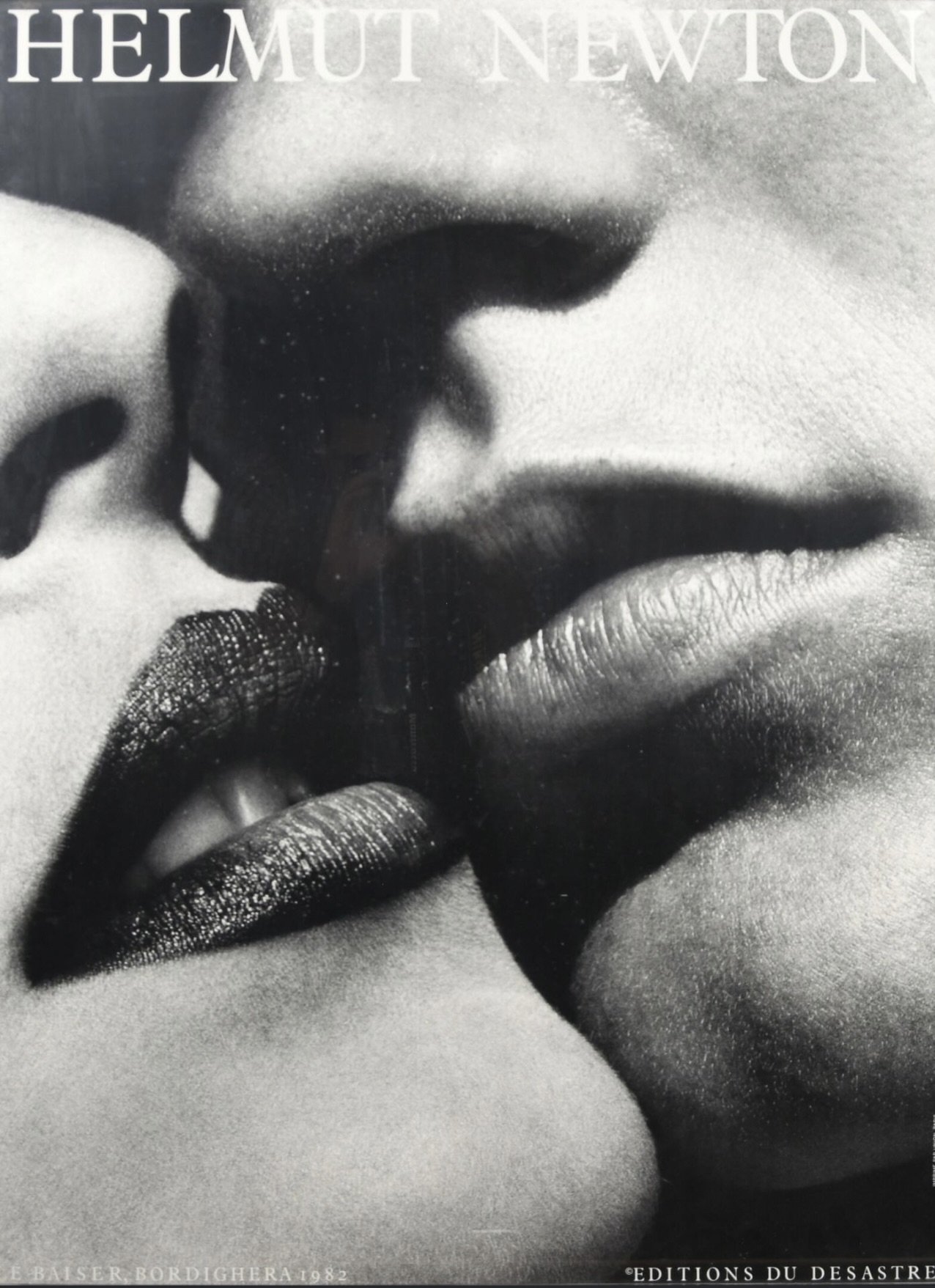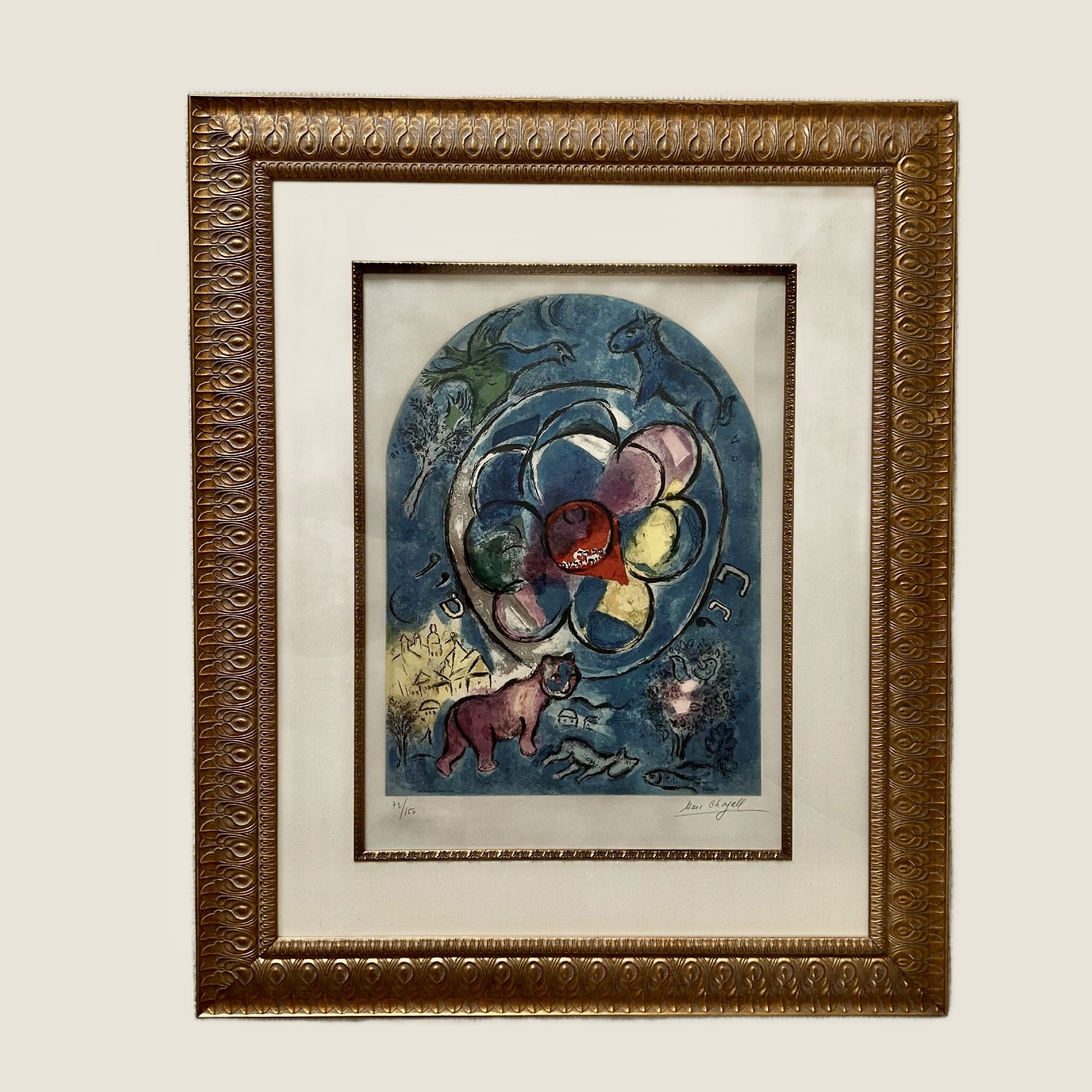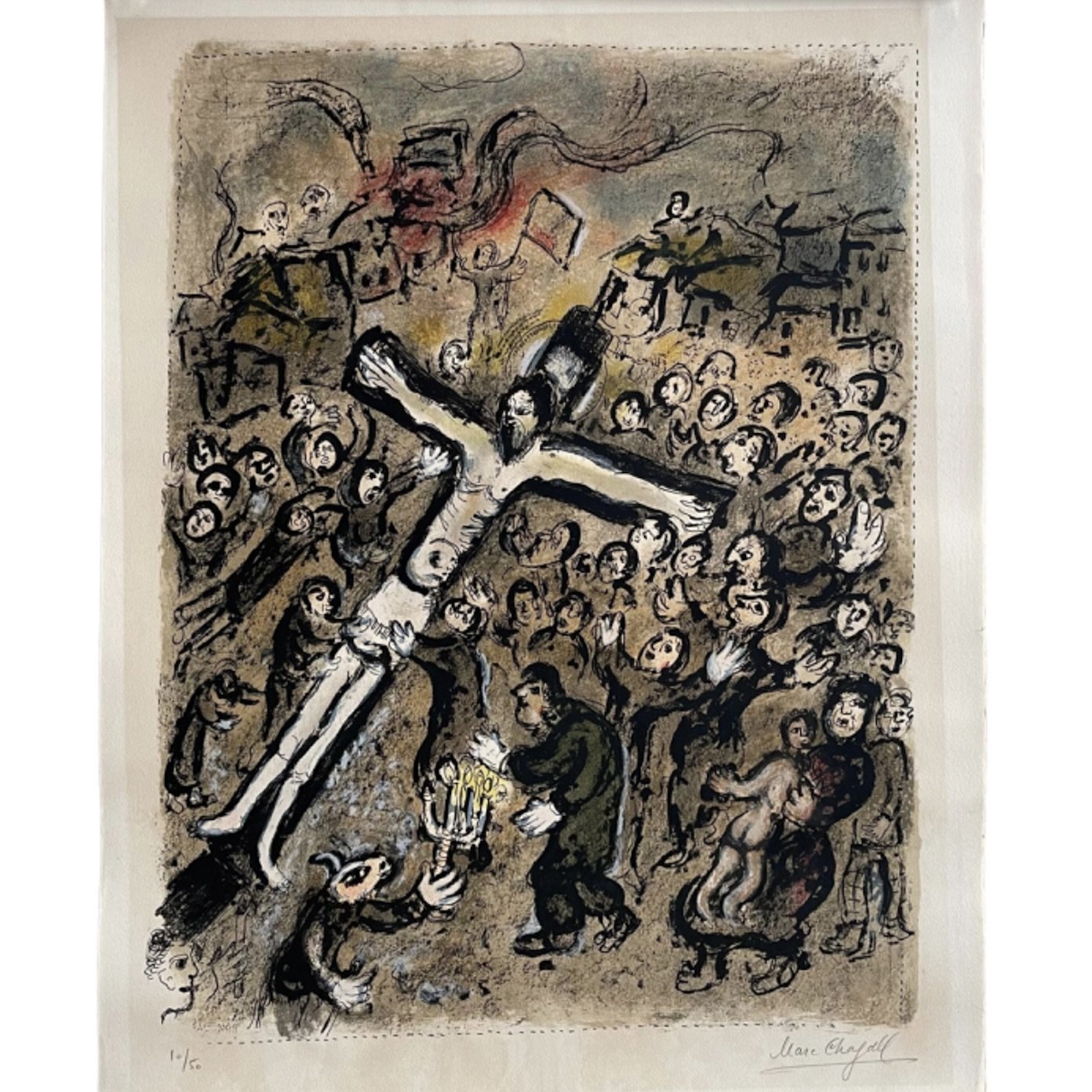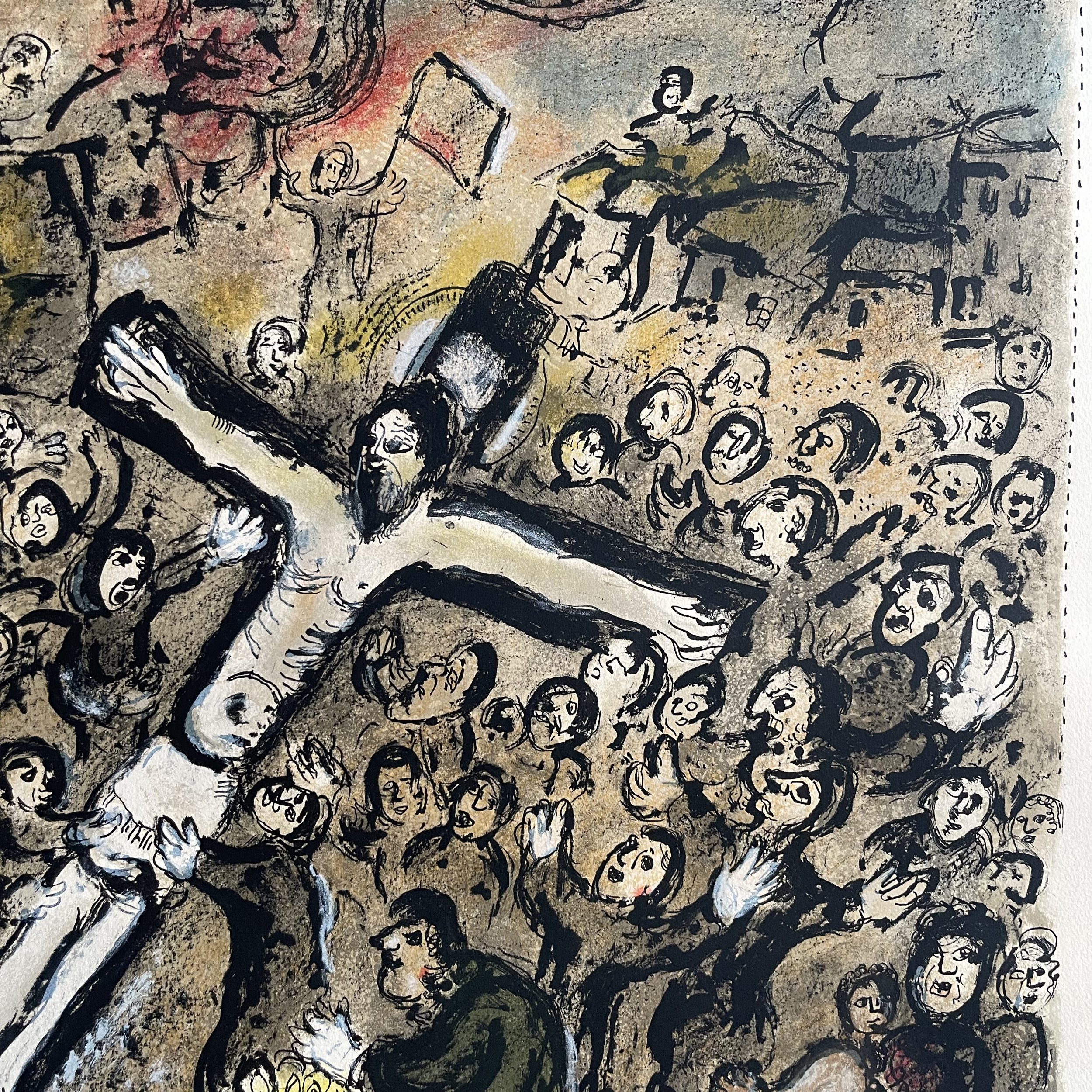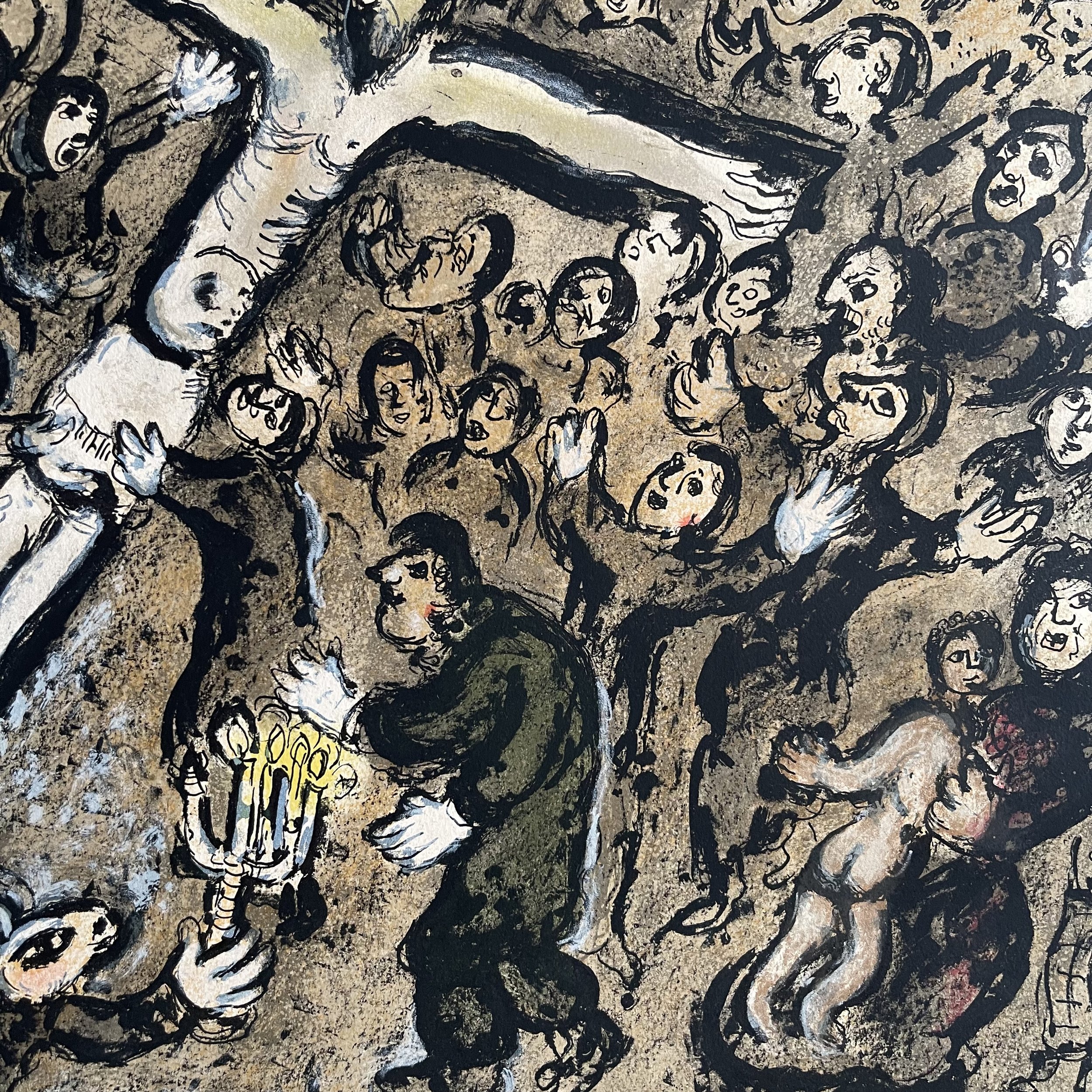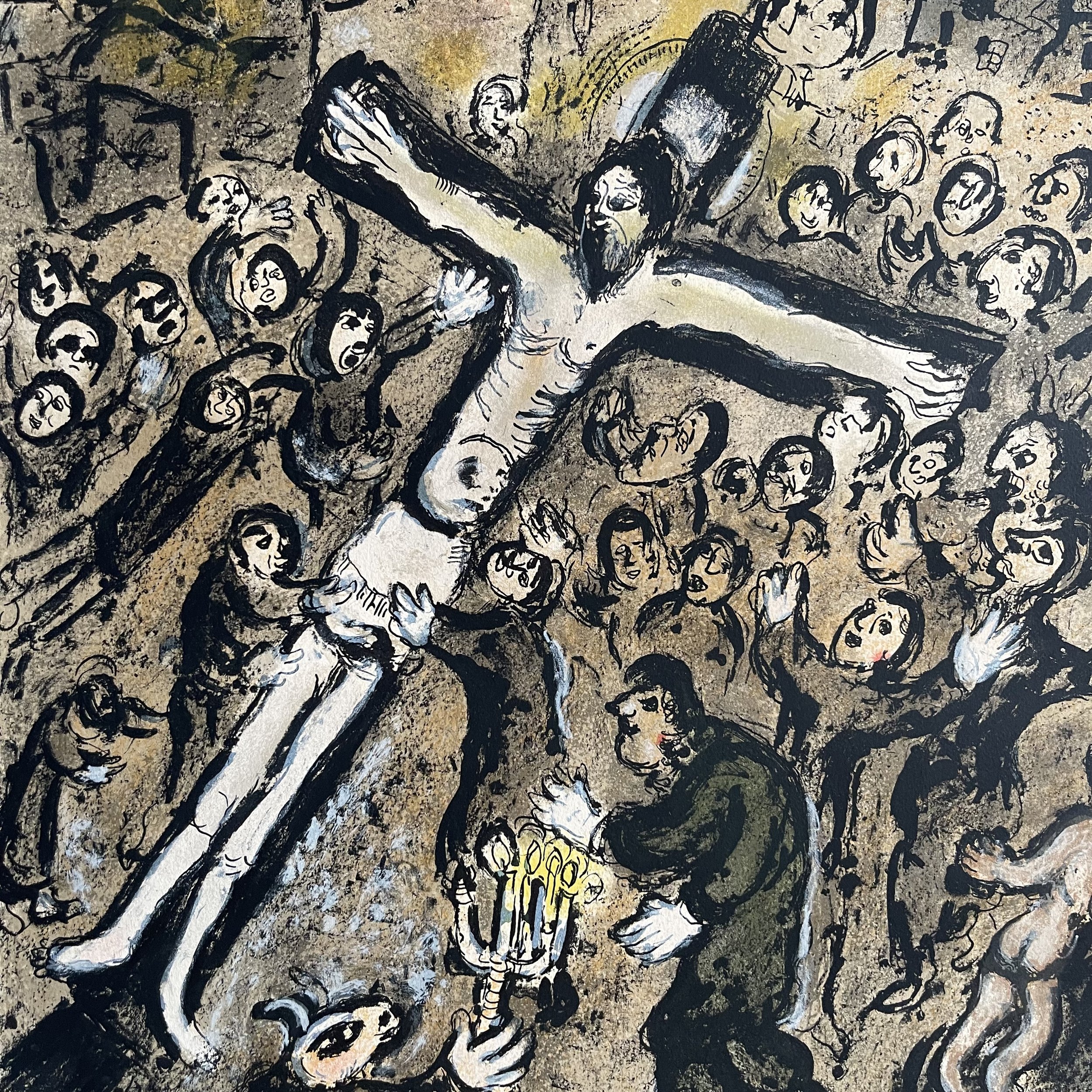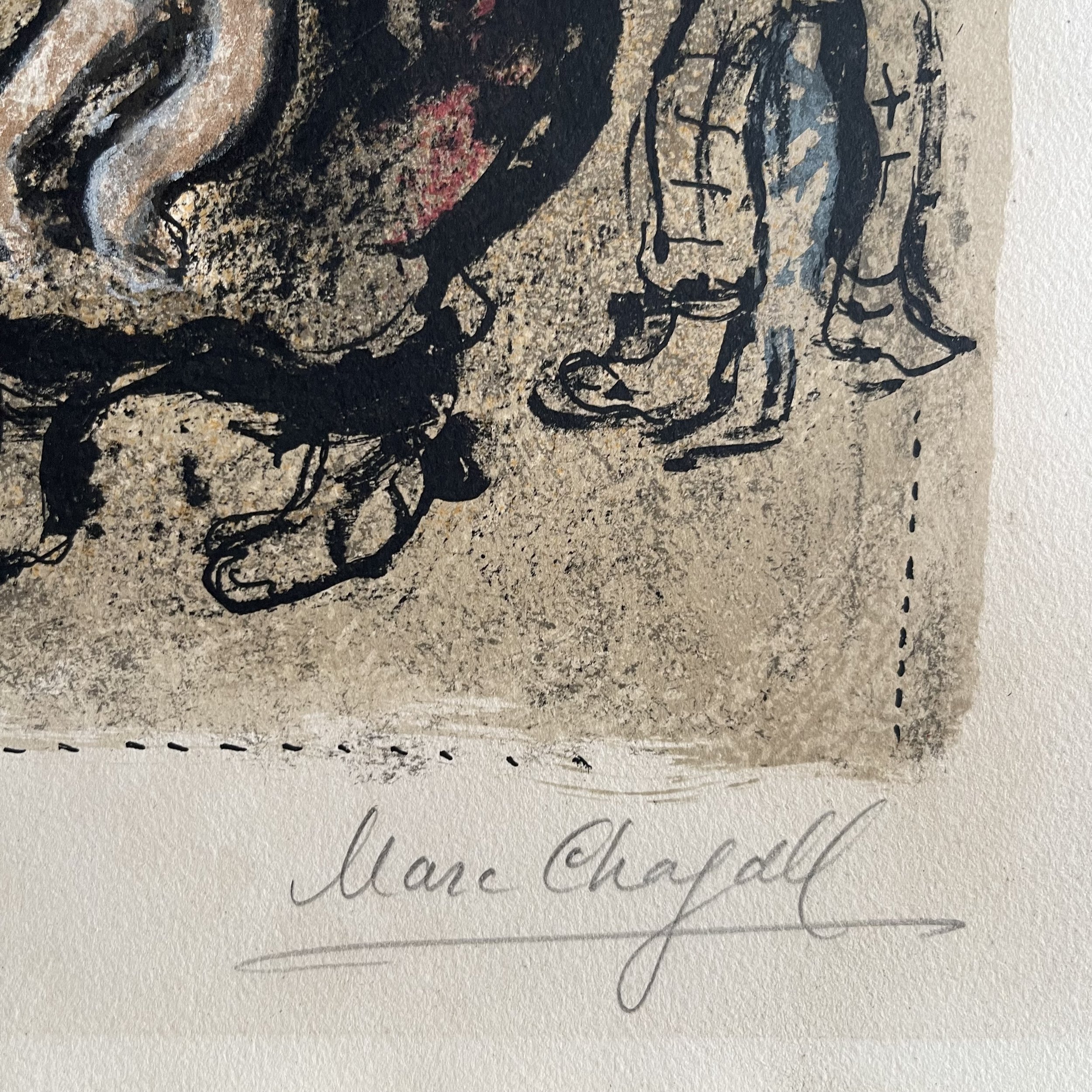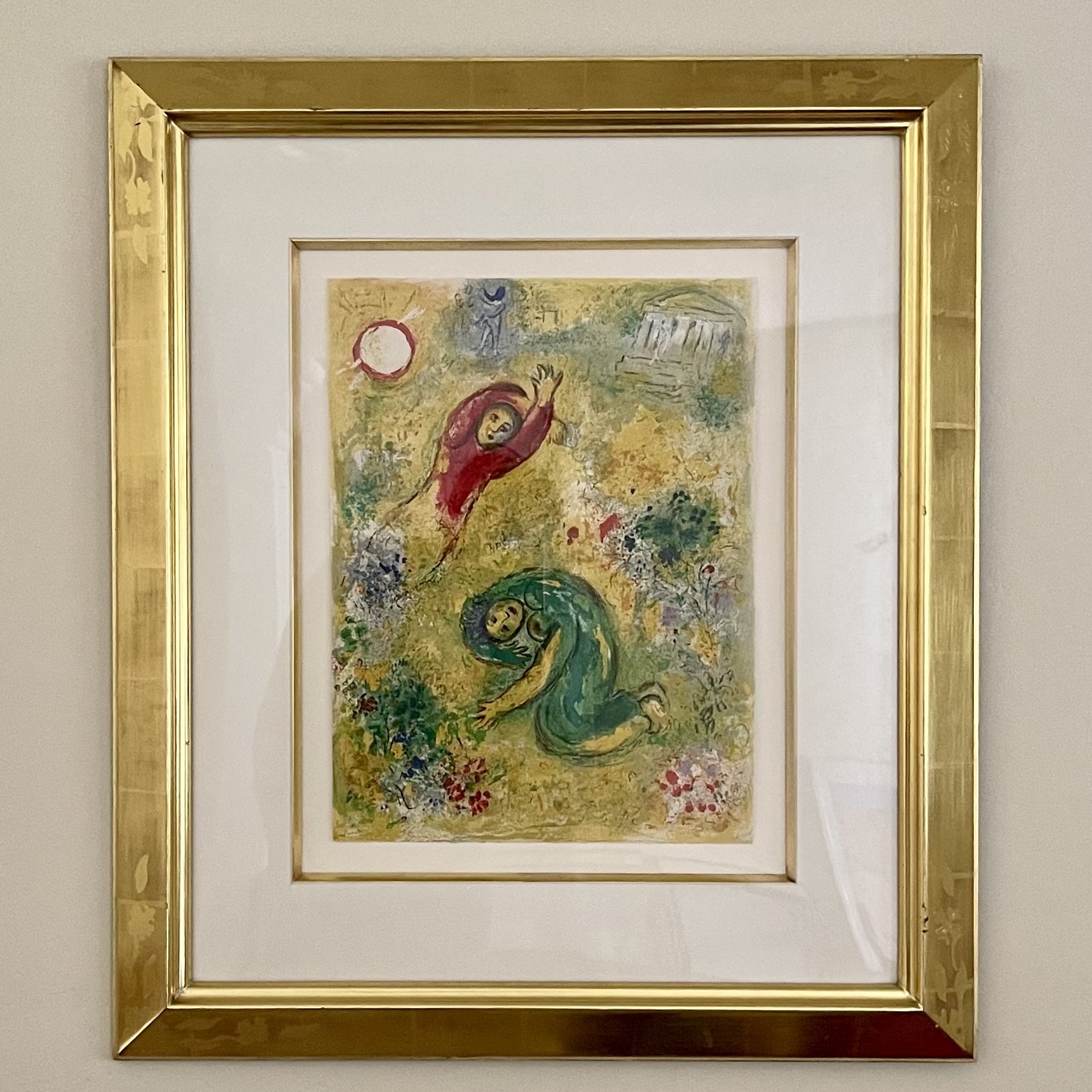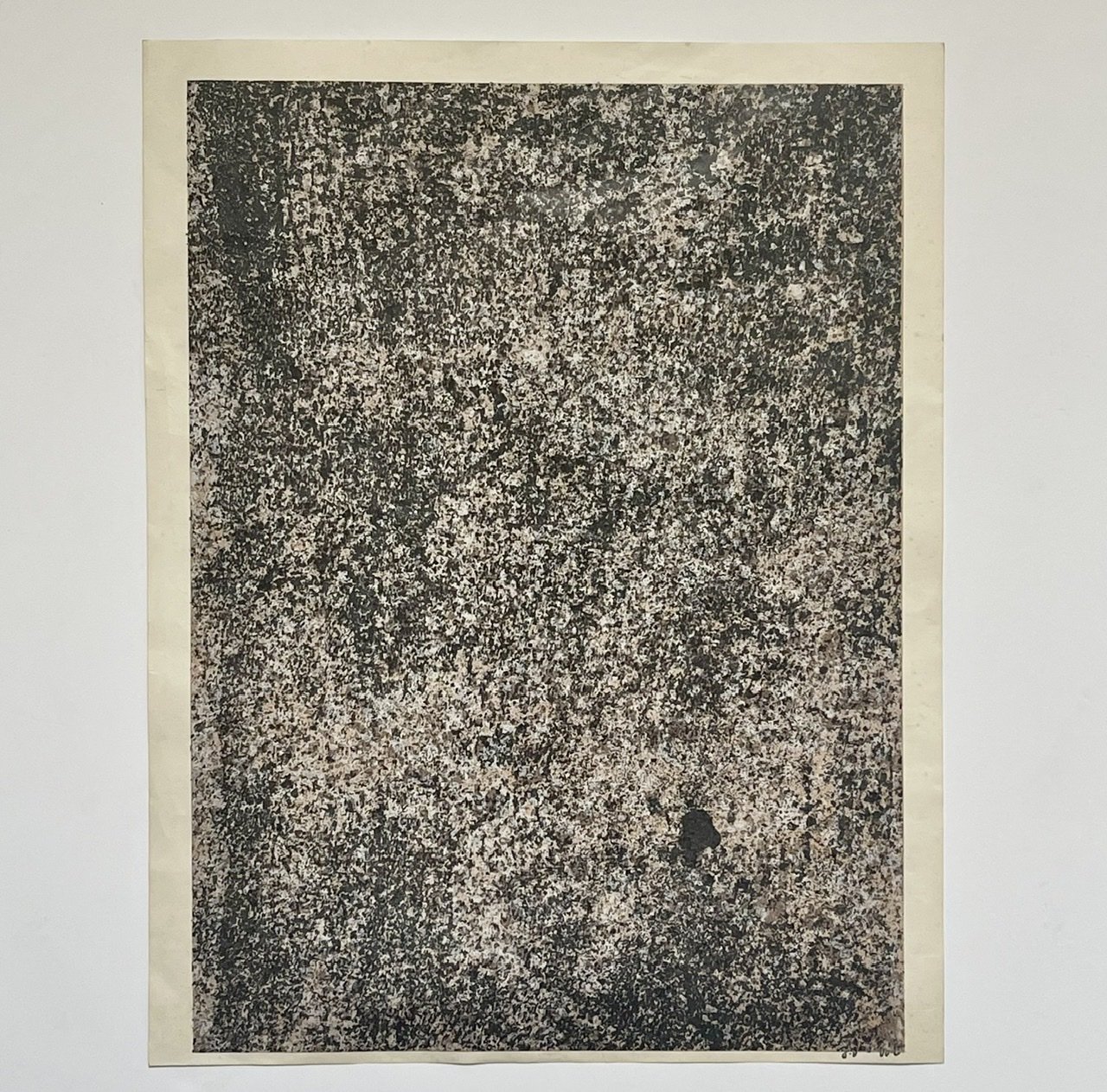 Image 1 of 5
Image 1 of 5

 Image 2 of 5
Image 2 of 5

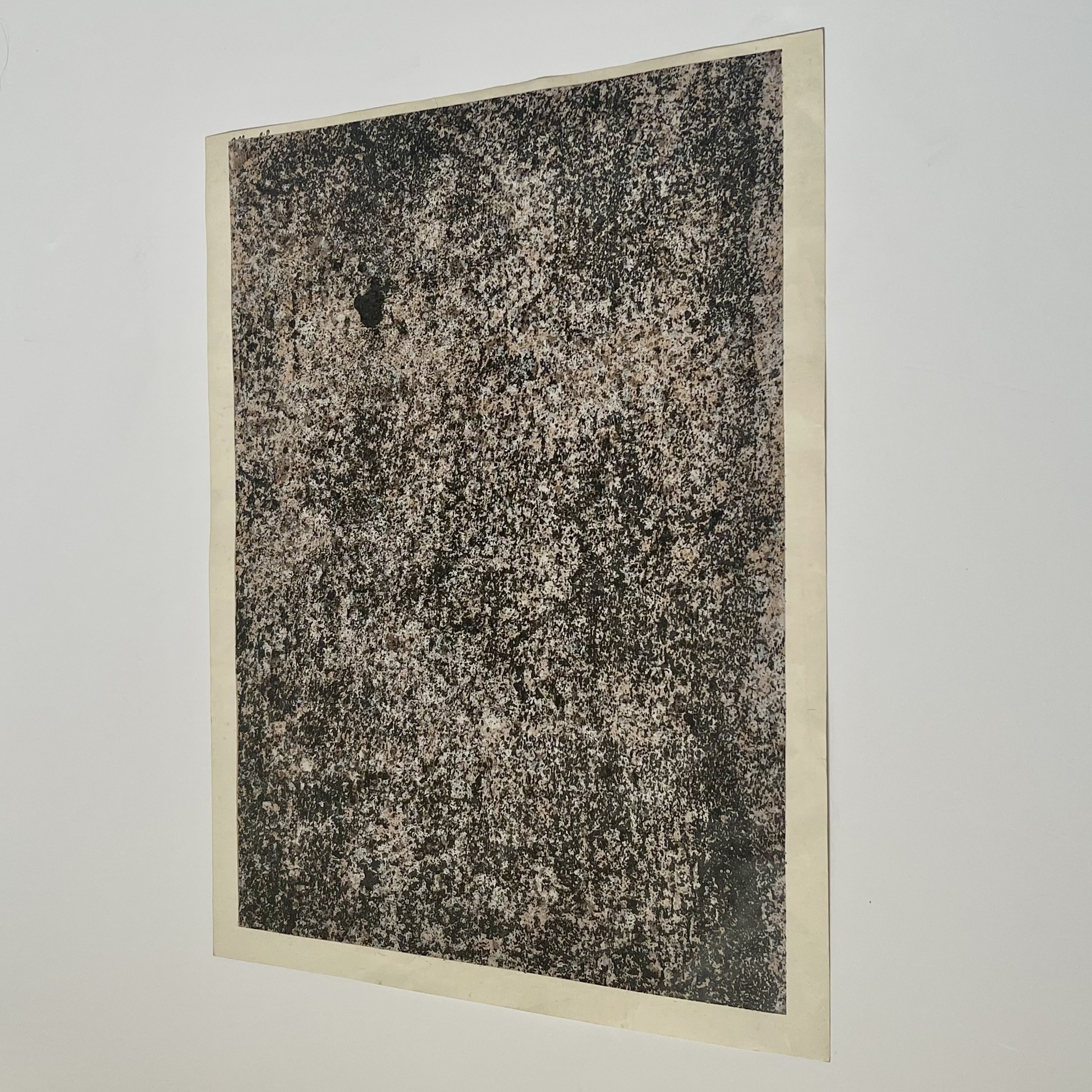 Image 3 of 5
Image 3 of 5

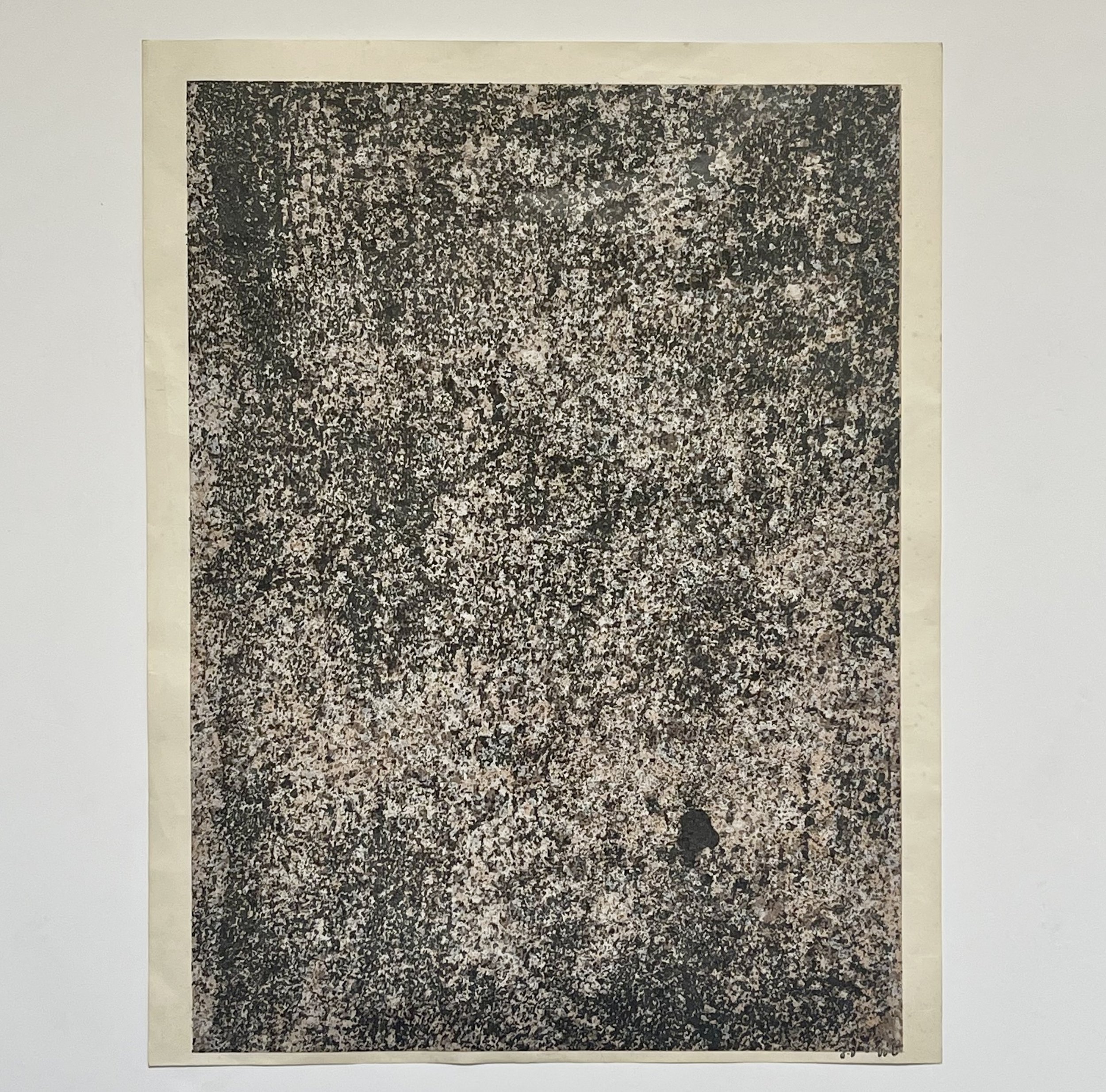 Image 4 of 5
Image 4 of 5

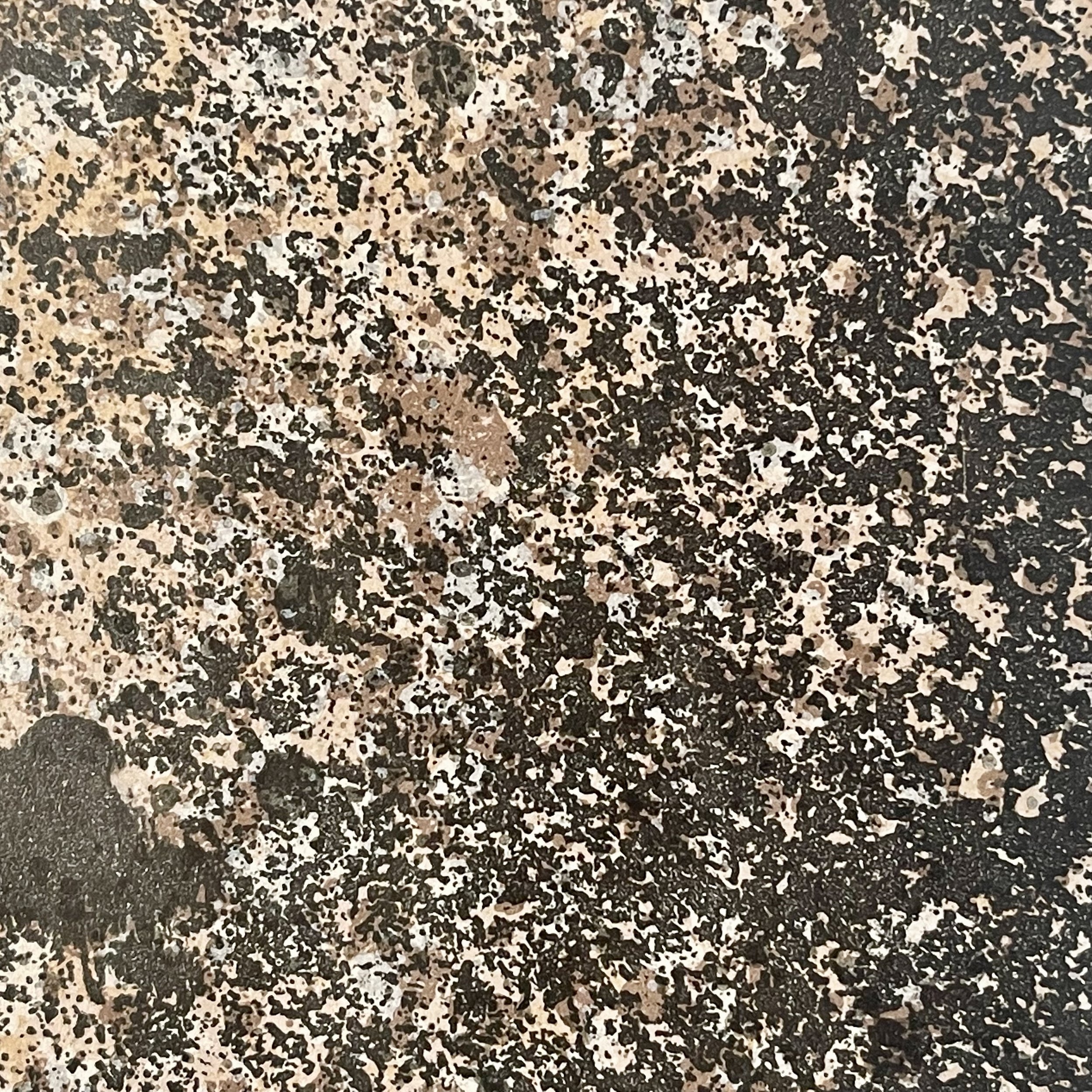 Image 5 of 5
Image 5 of 5






After Jean Dubuffet - Alégresse 1959
First printed in 1959 as an edition of 60, this lithograph, titled Alégresse, is a later unnumbered edition, signed in print "J. Dubuffet."
Jean Dubuffet’s material experimentations, thickly built-up surfaces, and raw, expressionistic brushstrokes helped expand the boundaries of painting in the 20th century. The artist coined the term Art Brut to define his mode of artmaking; he drew inspiration from the innocent, unrefined style of prisoners, children, and the institutionalised. Dubuffet’s practice also spanned drawing, printmaking, and sculpture, and he occasionally combined all his pursuits into multimedia pieces accompanied by live performances. Materials such as cement, plaster, tar, and asphalt heightened the deliberate crudeness of his work.
Dimensions:
Location:
First printed in 1959 as an edition of 60, this lithograph, titled Alégresse, is a later unnumbered edition, signed in print "J. Dubuffet."
Jean Dubuffet’s material experimentations, thickly built-up surfaces, and raw, expressionistic brushstrokes helped expand the boundaries of painting in the 20th century. The artist coined the term Art Brut to define his mode of artmaking; he drew inspiration from the innocent, unrefined style of prisoners, children, and the institutionalised. Dubuffet’s practice also spanned drawing, printmaking, and sculpture, and he occasionally combined all his pursuits into multimedia pieces accompanied by live performances. Materials such as cement, plaster, tar, and asphalt heightened the deliberate crudeness of his work.
Dimensions:
Location:
First printed in 1959 as an edition of 60, this lithograph, titled Alégresse, is a later unnumbered edition, signed in print "J. Dubuffet."
Jean Dubuffet’s material experimentations, thickly built-up surfaces, and raw, expressionistic brushstrokes helped expand the boundaries of painting in the 20th century. The artist coined the term Art Brut to define his mode of artmaking; he drew inspiration from the innocent, unrefined style of prisoners, children, and the institutionalised. Dubuffet’s practice also spanned drawing, printmaking, and sculpture, and he occasionally combined all his pursuits into multimedia pieces accompanied by live performances. Materials such as cement, plaster, tar, and asphalt heightened the deliberate crudeness of his work.
Dimensions:
Location:

